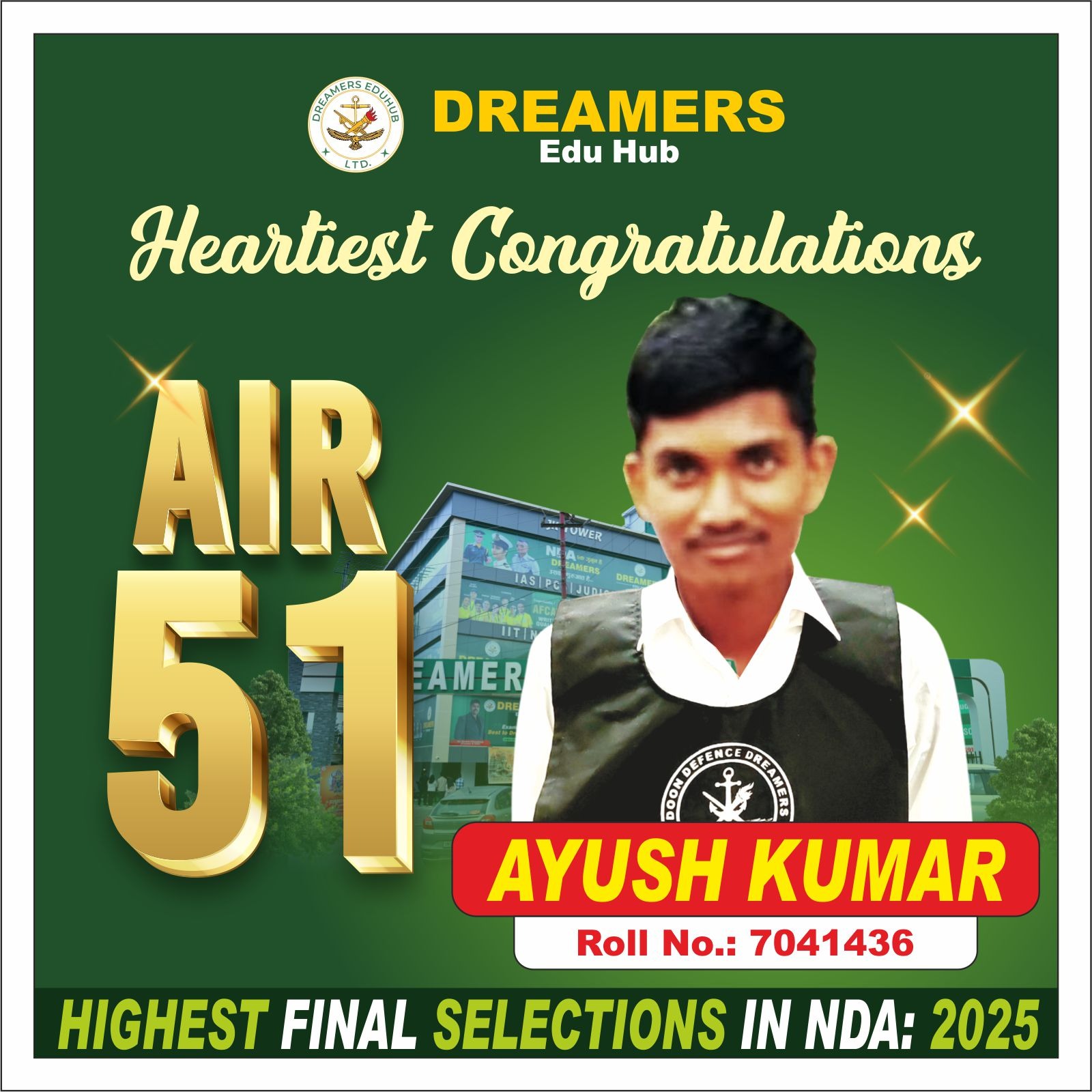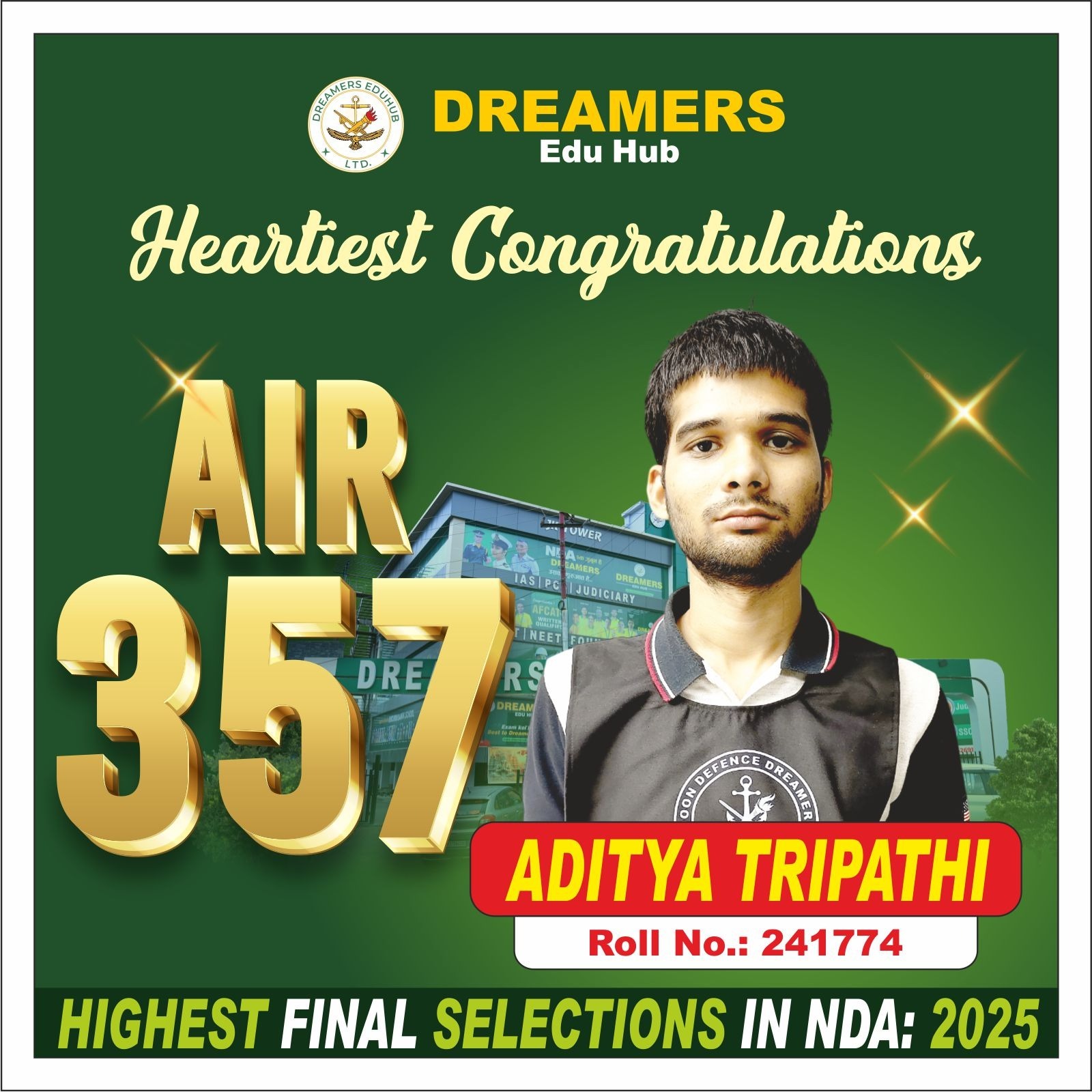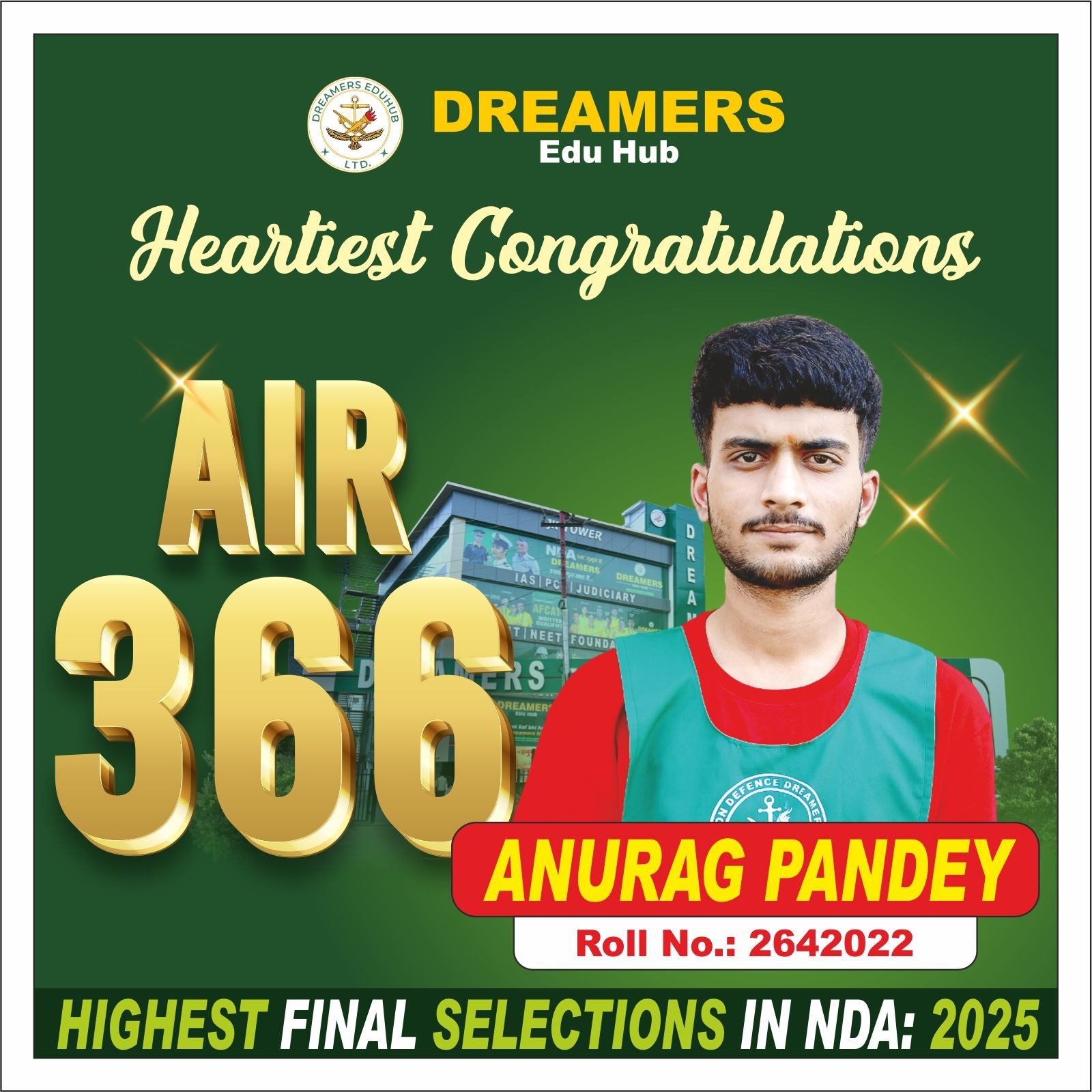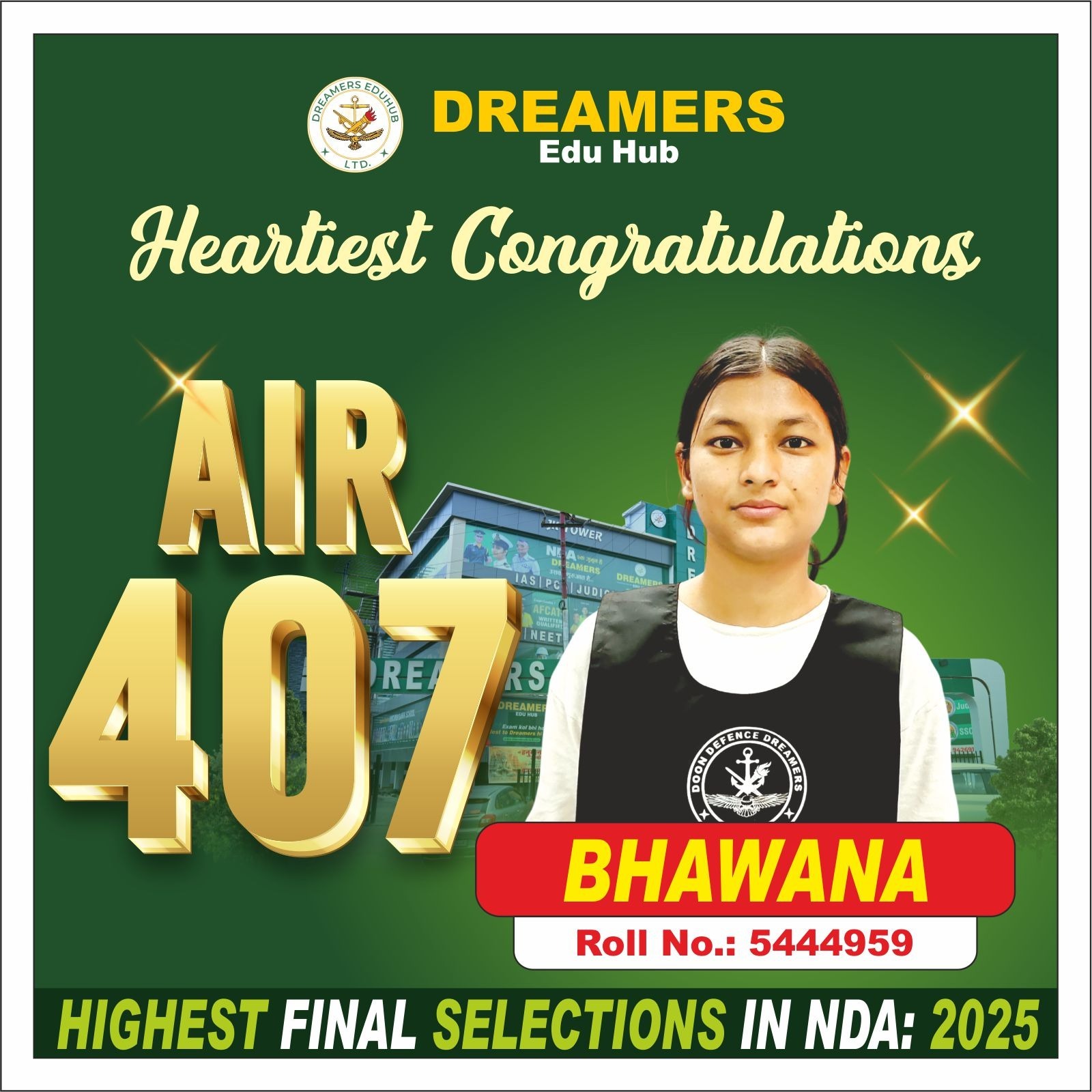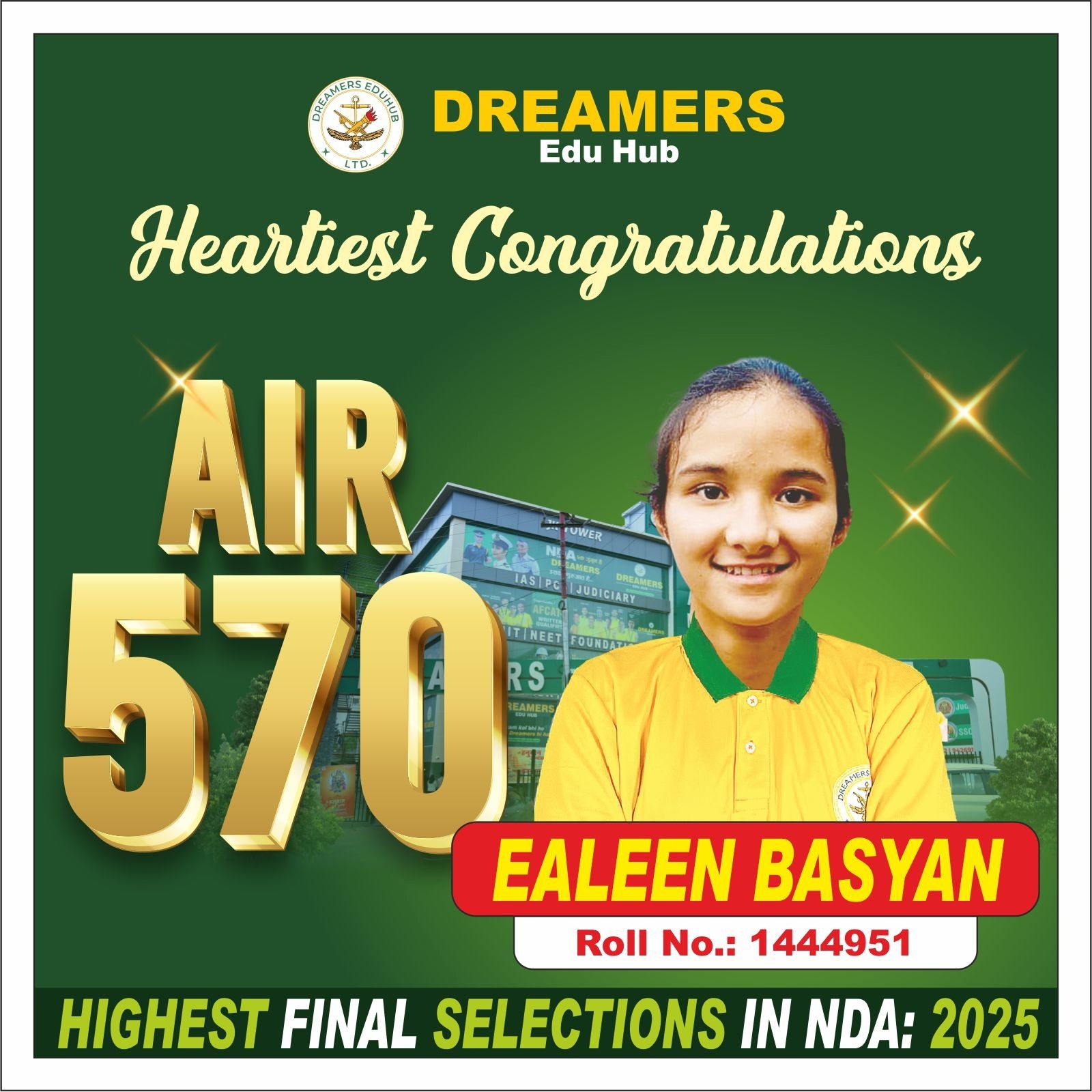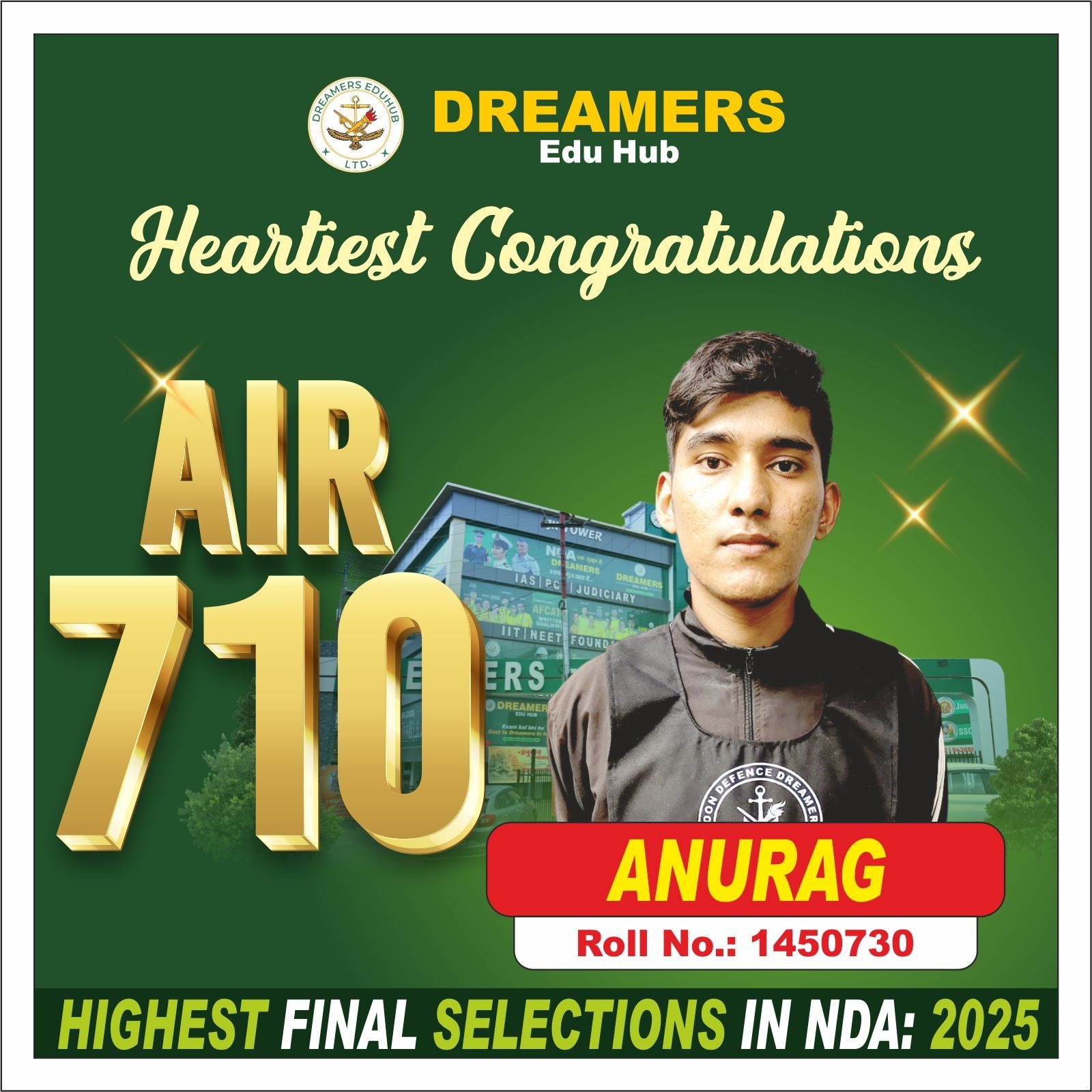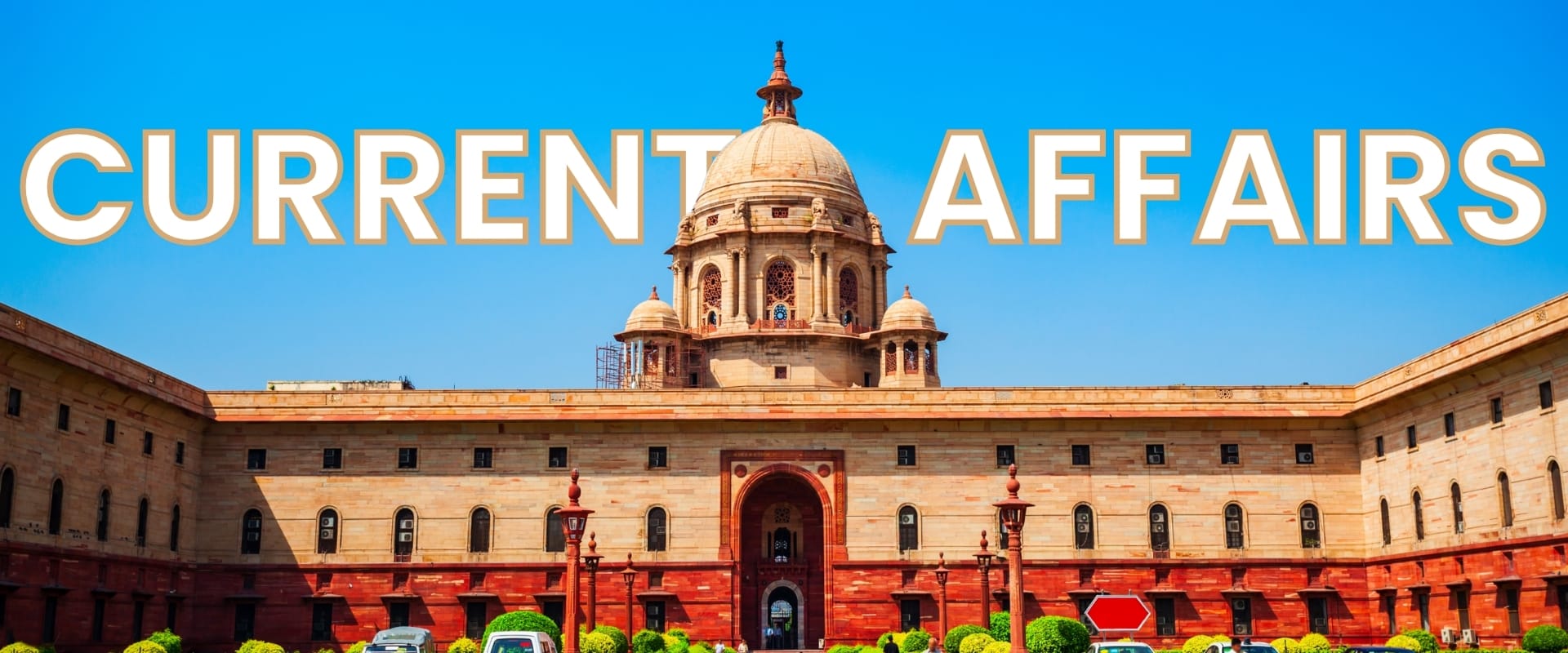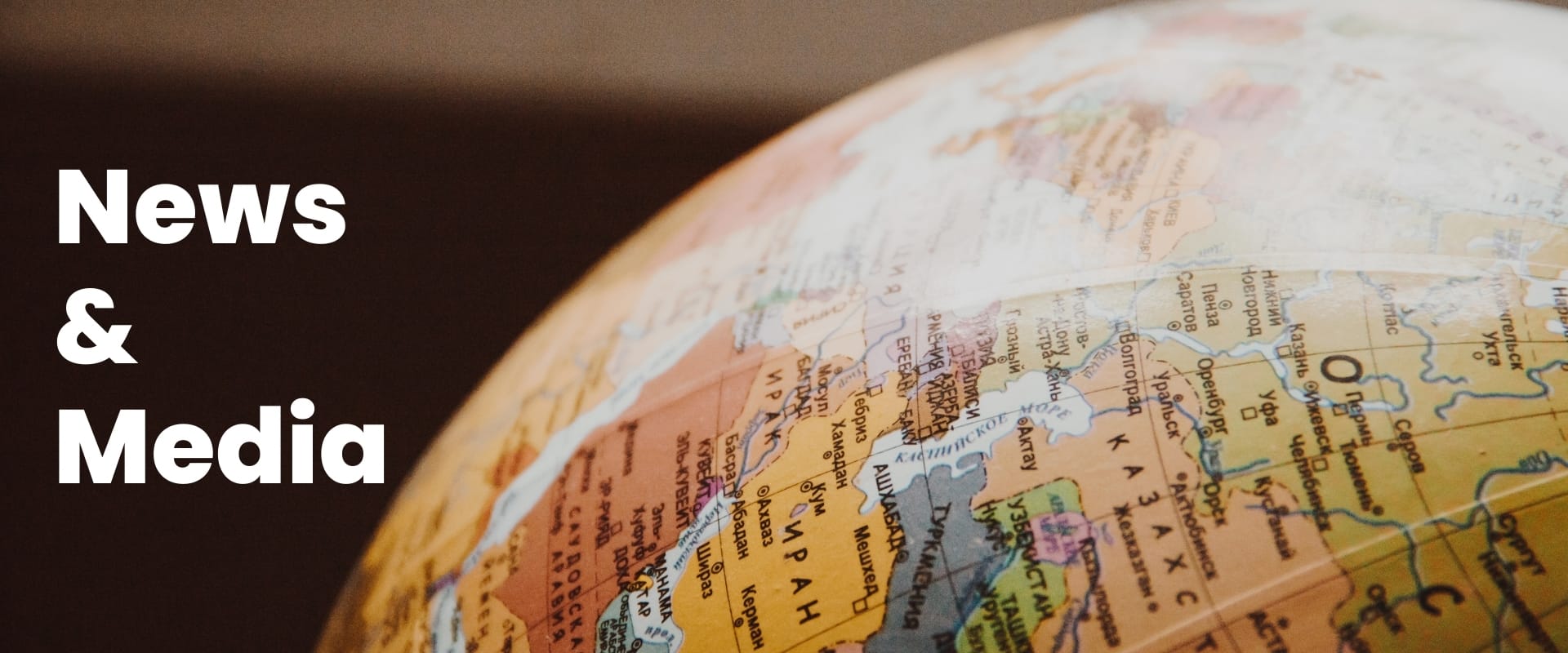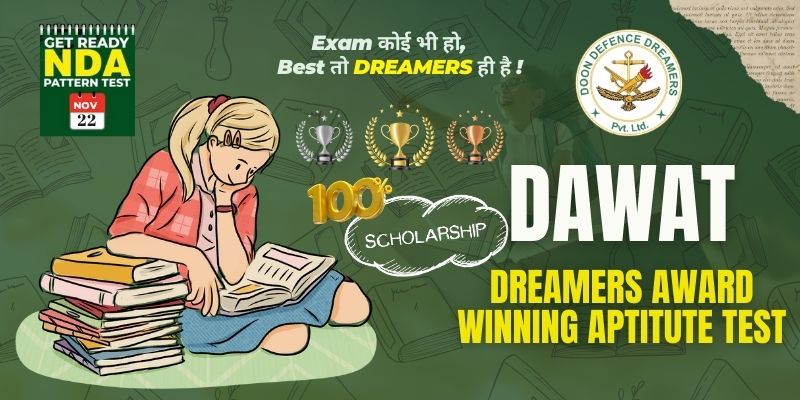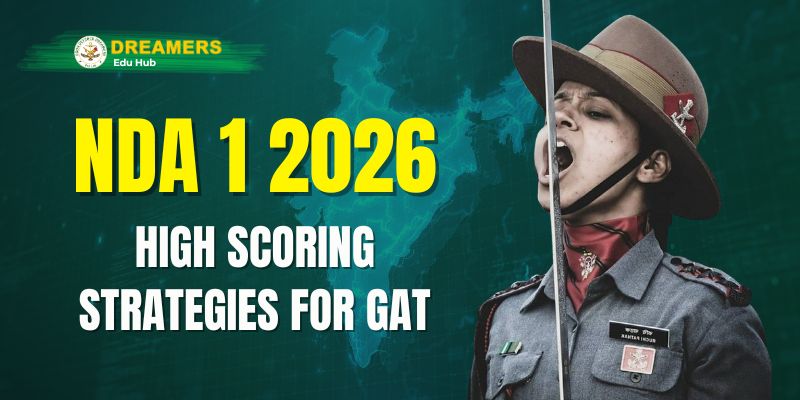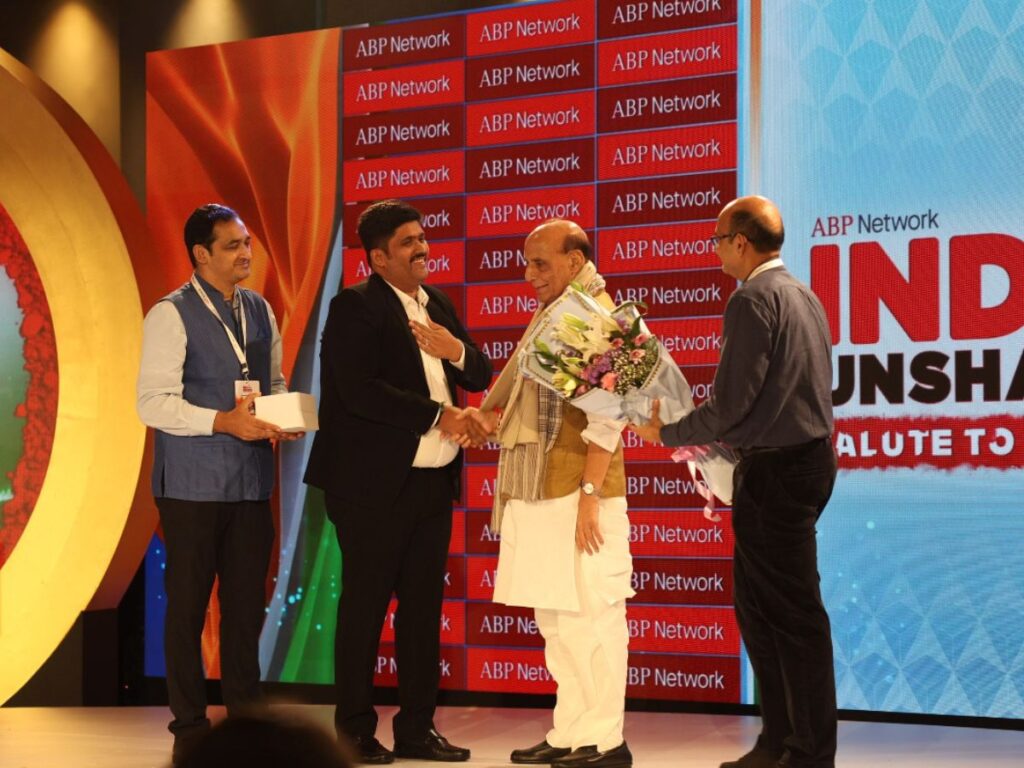Geography & GK – Important MCQs (Set)
Q1. The Indo-Gangetic Plains of India are fertile due to:
a) Heavy and timely rains and forests
b) Alluvial soils brought by rivers from the mountains
c) Hard labor of farmers over generations
d) Better irrigation facilities
Answer: b) Alluvial soils
Rivers deposit nutrient-rich alluvial soil, making the plains highly fertile.
Q2. Khaddar soils are found:
a) In piedmont plains
b) In flood plains
Answer: b) In flood plains
Khadar is new alluvium deposited by annual floods.
Q3. “Reserved Forests” are forests:
a) Reserved for hunting
b) Reserved for commercial use, grazing prohibited
c) Reserved for local use
d) Reserved for medicinal herbs
Answer: b) Reserved for commercial exploitation
Reserved forests are strictly protected, grazing and local use restricted.
Q4. Black soils are ideal for cotton because:
a) Their color is black
b) They retain moisture
c) They are made of lava
d) Found in plateau regions
Answer: b) They retain moisture
Black soil (Regur) has high moisture-retaining capacity, perfect for cotton.
Q5. A person of mixed European and Indian blood in Latin America is called:
a) Mulatto
b) Mestizo
c) Meiji
d) Mau Mau
Answer: b) Mestizo
“Mestizo” = European + Native American/Indian ancestry.
Q6. Where do you expect to find bamboo growing?
a) Great height from sea level
b) Medium height
c) Very low height from sea level
d) Can grow anywhere
Answer: c) Very low height
Bamboo thrives in warm, low-lying, moist regions.
Q7. Soils that supported farming for centuries without much manuring:
a) Alluvial & laterite
b) Red & laterite
c) Black & alluvial
d) Laterite & black
Answer: c) Black & alluvial soils
Naturally fertile, sustaining agriculture for long periods.
Q8. Minimum forest cover needed for ecological balance:
a) 50% of land area
b) 40%
c) 33%
d) 25%
Answer: c) 33%
National Forest Policy recommends 33% forest cover.
Q9. Which is not a part of the Great Plains?
a) Indo-Gangetic Divide
b) Ganga Delta
c) Assam Valley
d) Kerala Coastal Plain
Answer: d) Kerala Coastal Plain
Great Plains stretch from Punjab to Assam, not Kerala.
Q10. The Cuddapah Ranges lie between:
a) Godavari & Palkonda Range
b) Godavari & Jamshedpur
c) Palar & Cauvery
d) Satpura & Mahadeo-Maikal
Answer: a) Godavari & Palkonda Range
Q11. Tropic of Cancer passes through which part of India?
a) Central part
b) Northern part
c) Southern part
d) Western part
Answer: a) Central part
It cuts across 8 Indian states nearly through the middle.
Q12. Tribal population in Andaman & Nicobar belongs to:
a) Asteroids
b) Caucasoids
c) Mongoloids
d) Negroids
Answer: d) Negroids
Andaman tribes like Onge, Sentinelese belong to Negrito race.
Q13. The bridge of sand between India and Sri Lanka is:
a) Palk Isthmus
b) Sri Lanka Bridge
c) Adam’s Bridge
d) Pamban Bridge
Answer: c) Adam’s Bridge
Also called Ram Setu, a chain of limestone shoals.
Q14. Littoral forests occur:
a) On hills
b) Along sea coasts & tidal creeks
c) Where rainfall is heavy
d) At elevated places
Answer: b) Along coasts and tidal areas
Mangroves and littoral vegetation thrive in coastal saline areas.
Q15. Which city is not on the banks of the Ganga?
a) Agra
b) Kanpur
c) Allahabad
d) Varanasi
Answer: a) Agra
Agra lies on Yamuna, not Ganga.
Q16. Largest and most important soil group of India is:
a) Laterite
b) Alluvial
c) Red
d) Peaty
Answer: b) Alluvial soil
Covers ~40% of India’s land, main source of food crops.
Q17. Bhim Tal is a:
a) River in West Bengal
b) Lake near Nainital
c) Strike valley
d) Pass in Kashmir
Answer: b) Lake near Nainital
Bhimtal is a freshwater lake in Uttarakhand.
Q18. Chandra and Bhaga streams join to form:
a) Jhelum
b) Indus
c) Ravi
d) Chenab
Answer: d) Chenab
Q19. Yamuna and Sone are tributaries of which river?
a) Jhelum
b) Beas
c) Ravi
d) Ganga
Answer: d) Ganga
Q20. Which river is called “The Sorrow of Bengal”?
a) Sone
b) Damodar
c) Hooghly
d) Kosi
Answer: b) Damodar
Frequent floods in Bengal earned it this title.



